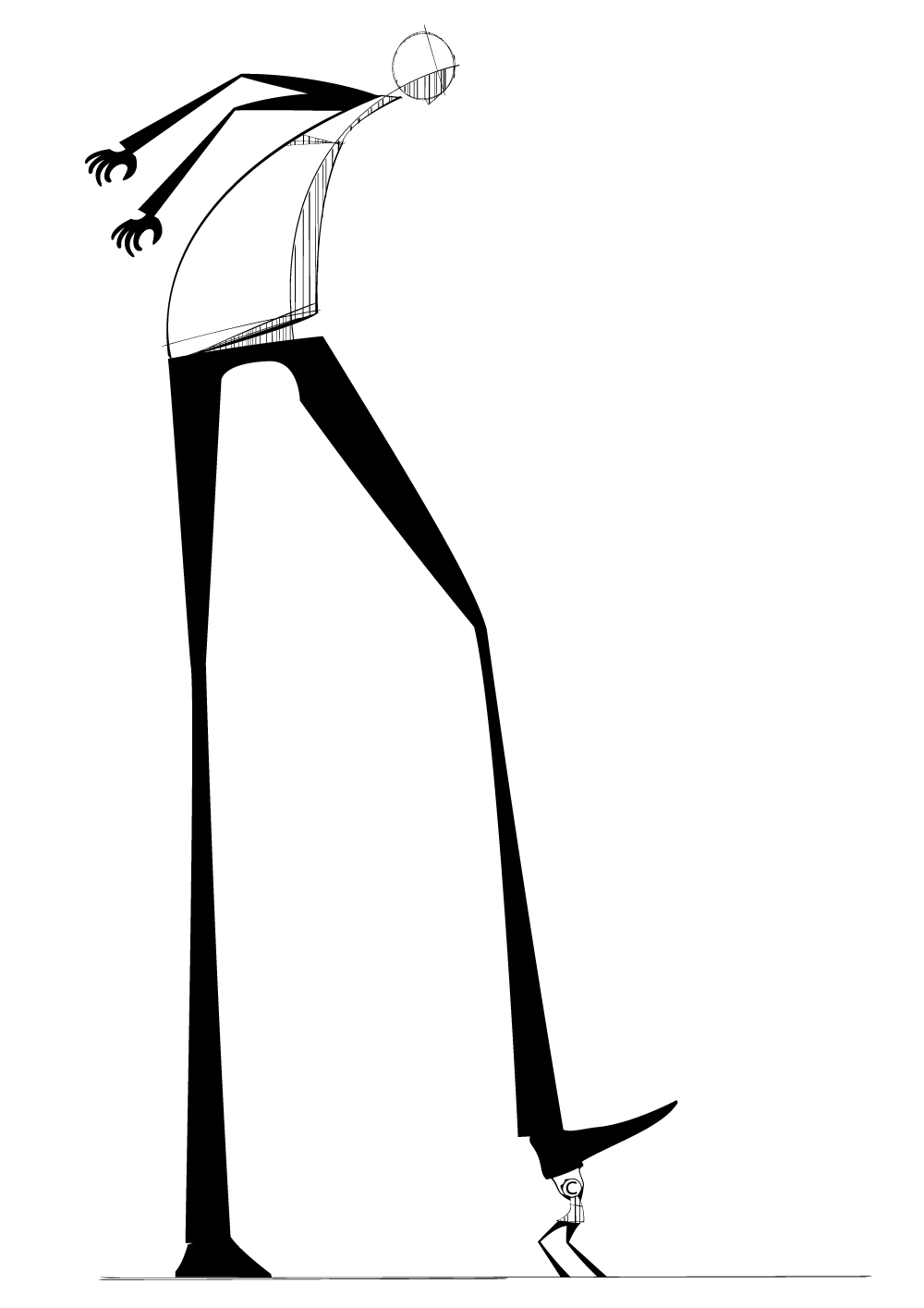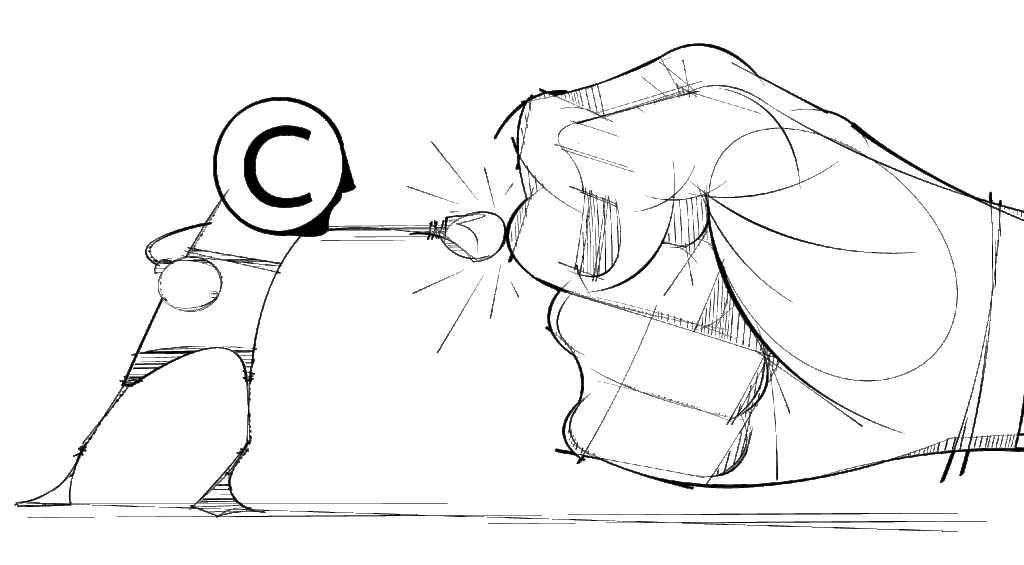
HOW TO REGISTER A COPYRIGHT
- Complete an application
– Go to www.copyright.gov > “Register a Copyright” (apply online or by hardcopy).
– Include the correct fee (www.copyright.gov/docs/fees.html).
– Include nonreturnable copies, as specified. - If applying by hardcopy, send package to:
Library of Congress
Copyright Office
101 Independence Avenue S.E.
Washington, D.C. 20559-6000 - Wait for copyright office to:
– Receive your package. Your registration becomes effective on that day.
– Examine your application to ensure it meets requirements.
– Assign your registration a number and issue a certificate of registration.
– Guide you through creating an online, searchable public record of your registration.
FAQs: tinyurl.com/CopyHelp
Is Your Copyright Notice Enough?
How to know whether you need to do more to protect your content and your brand
By Harvey R. Levenson, Ph.D.
You invest a lot in your content. As a publisher, it’s everything. You commit money, time, and talent to creating original content that’s valuable to your particular audience — and this resulting content effectively constitutes your brand. It’s who you are.
As such, you want your content to be available and accessible only through you (or through established relationships that preserve the stamp of your brand). To leverage your investment, you want readers to get your magazine to read your content. Go to your website to access it. Attend your events to see, hear, and experience it. You don’t want anyone copying and distributing your content in a way that separates it from your publishing brand.
This is what copyright is for.
Copyright (per the U.S. Copyright Act of 1976) is a legal right that grants the creator of an original work exclusive rights for its use and distribution. The rights of the copyright owner (author or publisher) typically include reproduction, control over derivative works, distribution, public performance, and “moral rights,” such as attribution. The intent of copyright is (at the very least) to discourage and (at the most) to lawfully prevent the illegal duplication and distribution of your intellectual property.
Copyright and how to enforce it is tricky and often misunderstood. After all, there is no foolproof way to prevent someone from copying your content. As media software scientist Dov Isaacs, principal scientist at Adobe Systems, once said, “If you can see it, you can copy it. If you want to prevent infringement, don’t share it with a second person.”
So how can you, as a magazine publisher, guard against copyright infringement? You can know your rights, recognize the areas of highest risk, and understand your options for addressing infringement when you detect it.
WHAT’S THE BIG FUSS?
Creators of content have long believed that including a copyright statement in their works should suffice to protect the related material. In the days of print, this was largely true. The easiest way to share such content was to make a photocopy of it — which, arguably, would most often include a header or footer indicating its origin. And generally speaking, printed works were harder to re-distribute far and wide.
Times have changed. The age of digital media has made copyright protection far more challenging. It is simply easier to cut and paste content from a digital shell — a content application, website, digital edition, e-newsletter, e-book, you name it. And in the cutting, it’s easier to leave behind the owner attribution. In the pasting and subsequent sharing via electronic media, it’s easier to distribute the content without the copyright owner’s permission. Mobile devices make it easier still.
In this regard, copyright law is being tested in new ways. And as digital communication continues to grow as a means of educating and informing, the issues surrounding freedom of access to information and the distribution of it will have to be further addressed in copyright law. However, today, the U.S. copyright code as written is law. It’s what you have to leverage.




